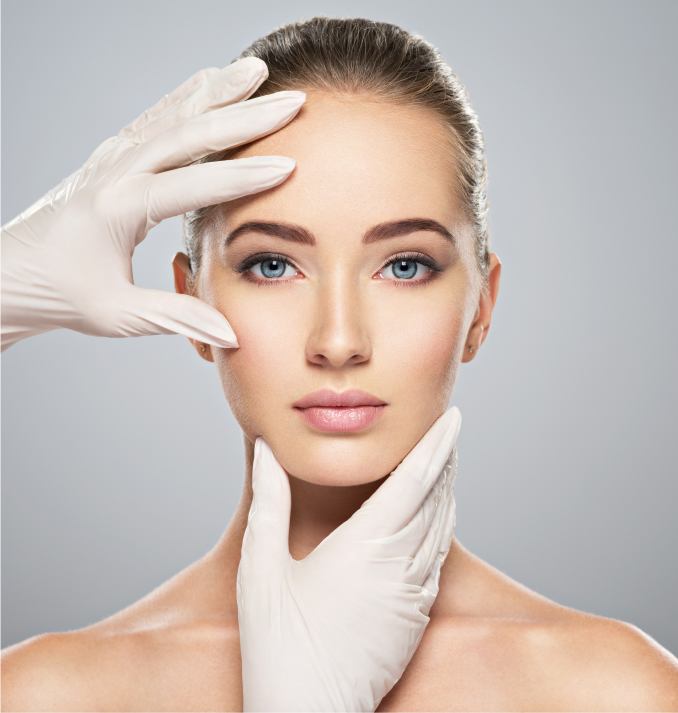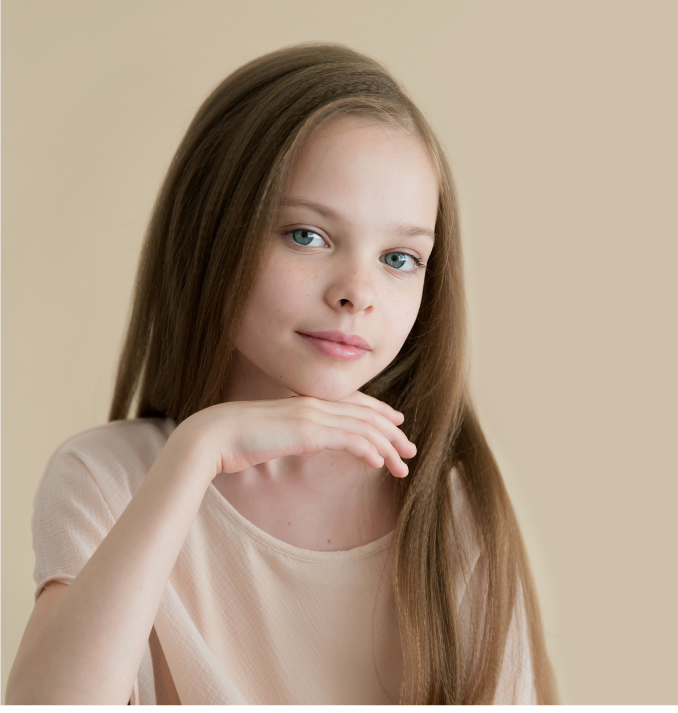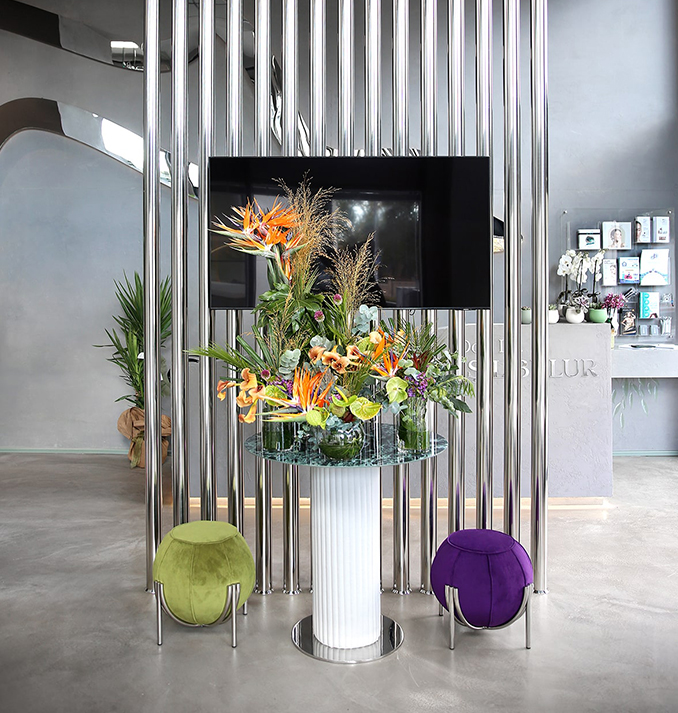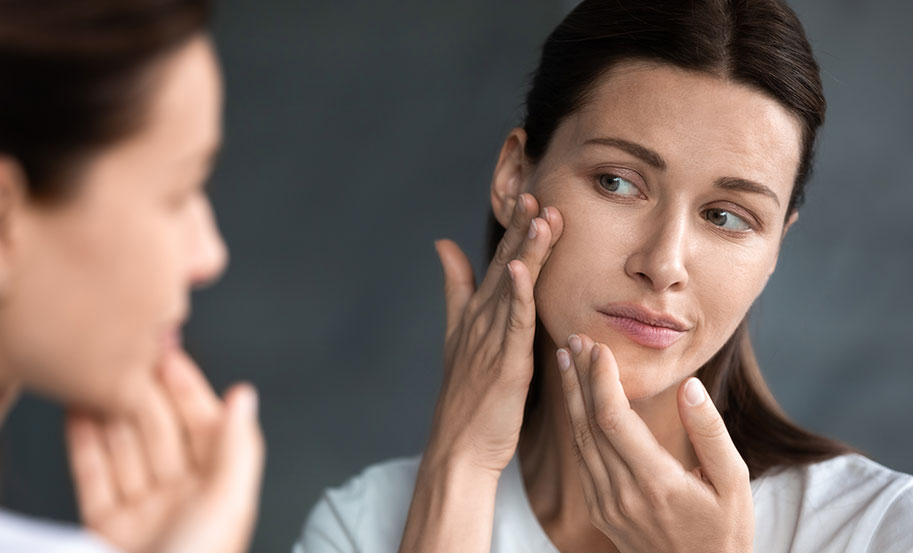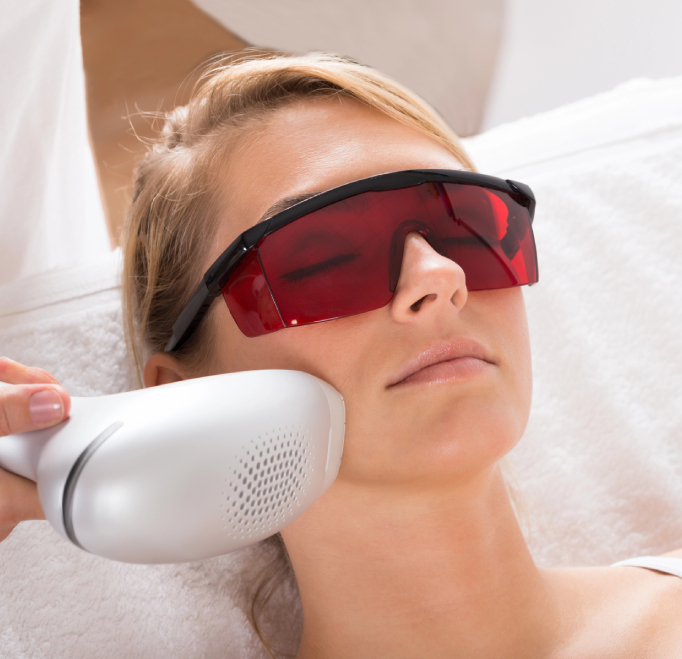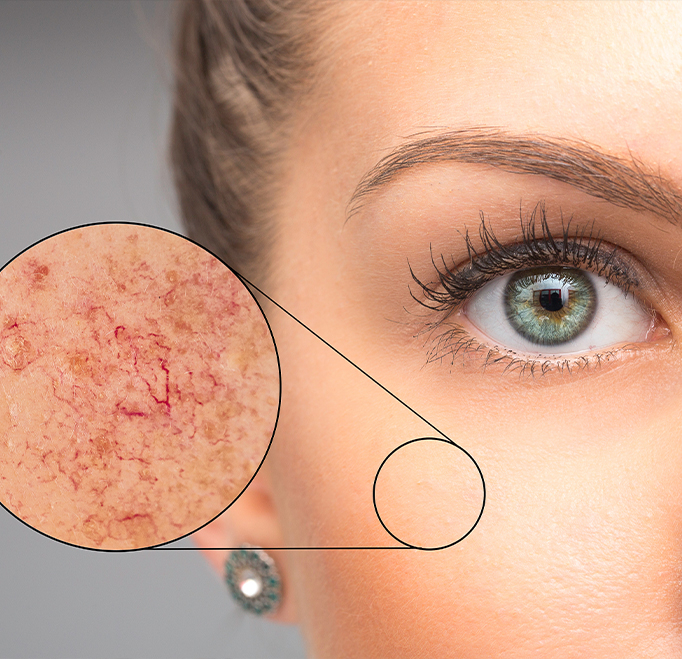Acne scars are observed as atrophic scars as a result of decreased collagen and hypertrophic scars and keloidal scars as a result of increased collagen. Atrophic scars make up 80-90% of acne scars. It is divided into three groups as icepick scar, boxcar scar and rooling scar.
Keloidal and hypertrophic scars are fibrous structures that develop as an excessive tissue reaction to inflammation. It is common in dark-skinned people between the ages of 10-30. Hypertrophic scars are localized to the site of the lesion and often regress spontaneously. Keloidal scars extend beyond the original lesion and rarely regress and are resistant to treatment.
Which treatment options will be used in acne scar treatment;
- The patient's age and gender,
- Presence of active acne lesions,
- Acne is determined by the type of scar,
- its severity and localization.
The type, localization and depth of the scar are the most important factors affecting the treatment response.
Treatment for Atrophic Acne Scars:
Chemical Peel
Peeling with acidic and basic chemical agents applied to the skin is defined as chemical peeling. With chemical peeling, damage is created in the skin layers to the desired depth, and wound healing is benefited by the repair of this damage by the skin. The type of peeling is determined by the existing acne scar type. Frequently used glycolic acid, salicylic acid, lactic acid and Jessner's solution (lactic acid, 14% resorcinol and 14% salicylic acid), phenol peeling, trichloroacetic Acid (TCA), pyruvic Acid, β-Lipohydroxy Acid, salicylic-mandelic acids . Depending on the chemical peeling agent, 4-8 sessions can be applied every 2-4 weeks.
Dermaroller / Dermapen (Microneedling)
Multiple small bleeding foci are created with needles penetrating the dermis 1.5-2 mm with dermaroller and dermapen. The growth factors released from these foci stimulate elastin and new collagen formation in the papillary dermis. It is recommended to apply for 4 sessions with an interval of 4 weeks.
Laser / Fractional Laser
Ablative (CO2 and Er Yag) lasers and non-ablative lasers (Q Switch Nd Yag, diode, erglass) can be used in acne scar treatment. With laser applications, the dermal wound healing process is stimulated by providing collagen production and collagen restructuring in the dermis. It is recommended to apply a minimum of 3 sessions once a month.
Microneedle radiofrequency (Golden needle radiofrequency)
It is the method that can be used in all types of atrophic scars. It stimulates tissue regeneration by increasing collagen production with needling and radiofrequency energy. It is recommended to apply 5-6 sessions once a month.
Mesotherapy and platelet-rich plasma (PRP)
Increasing collagen production with the activation of targeted fibroblasts with mesotherapy and PRP.
Fillers
Subcision
Hypertrophic Acne Scar Treatments
1) Silicone gels
2) Intralesional Corticosteroid
3) Pulse Dye laser
4) Ablative fractional CO2, ablative fractional Er:YAG and non-ablative fractional lasers
5) Fluorouracil, imiquimod, interferon, radiotherapy and bleomycin treatments can be used.


